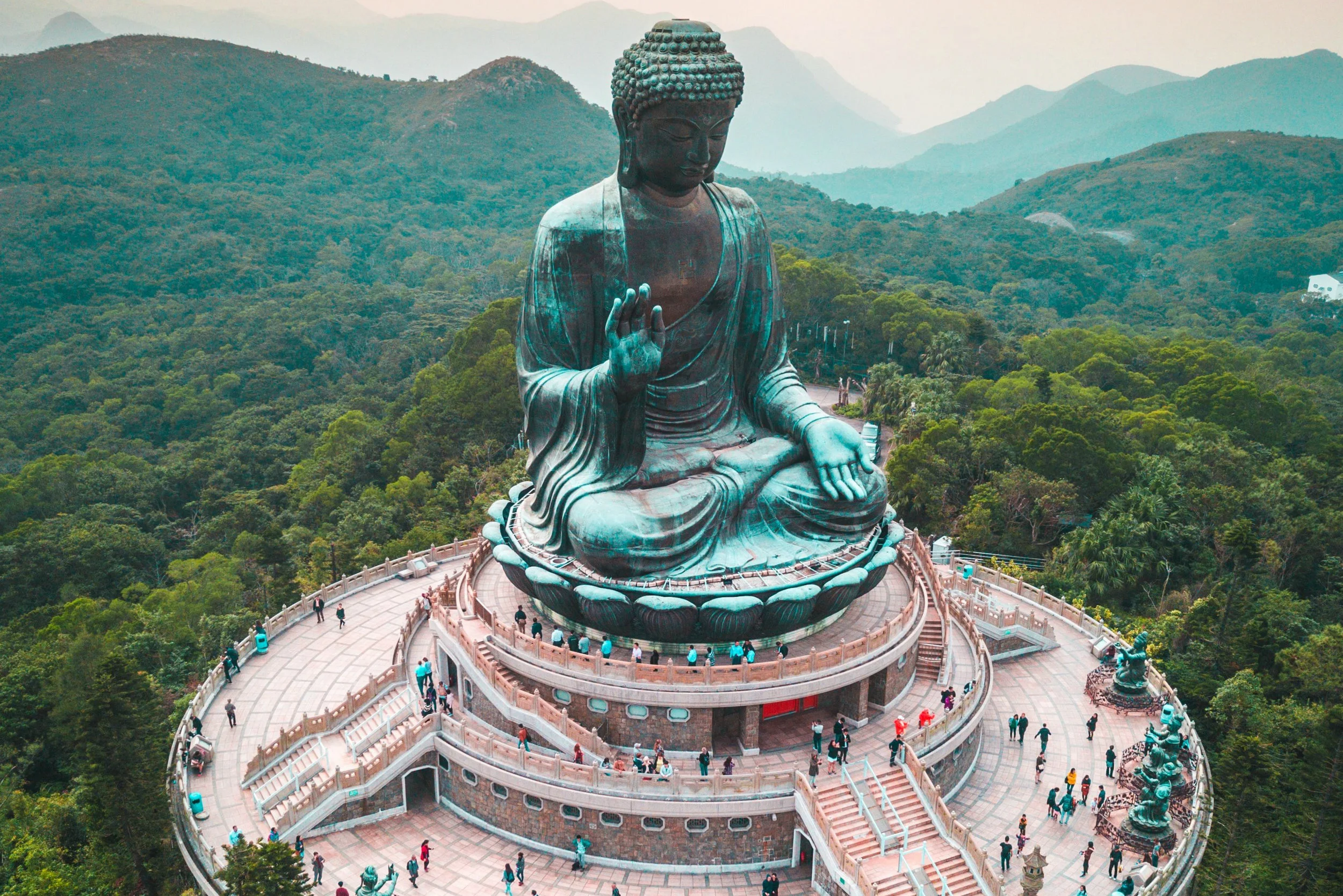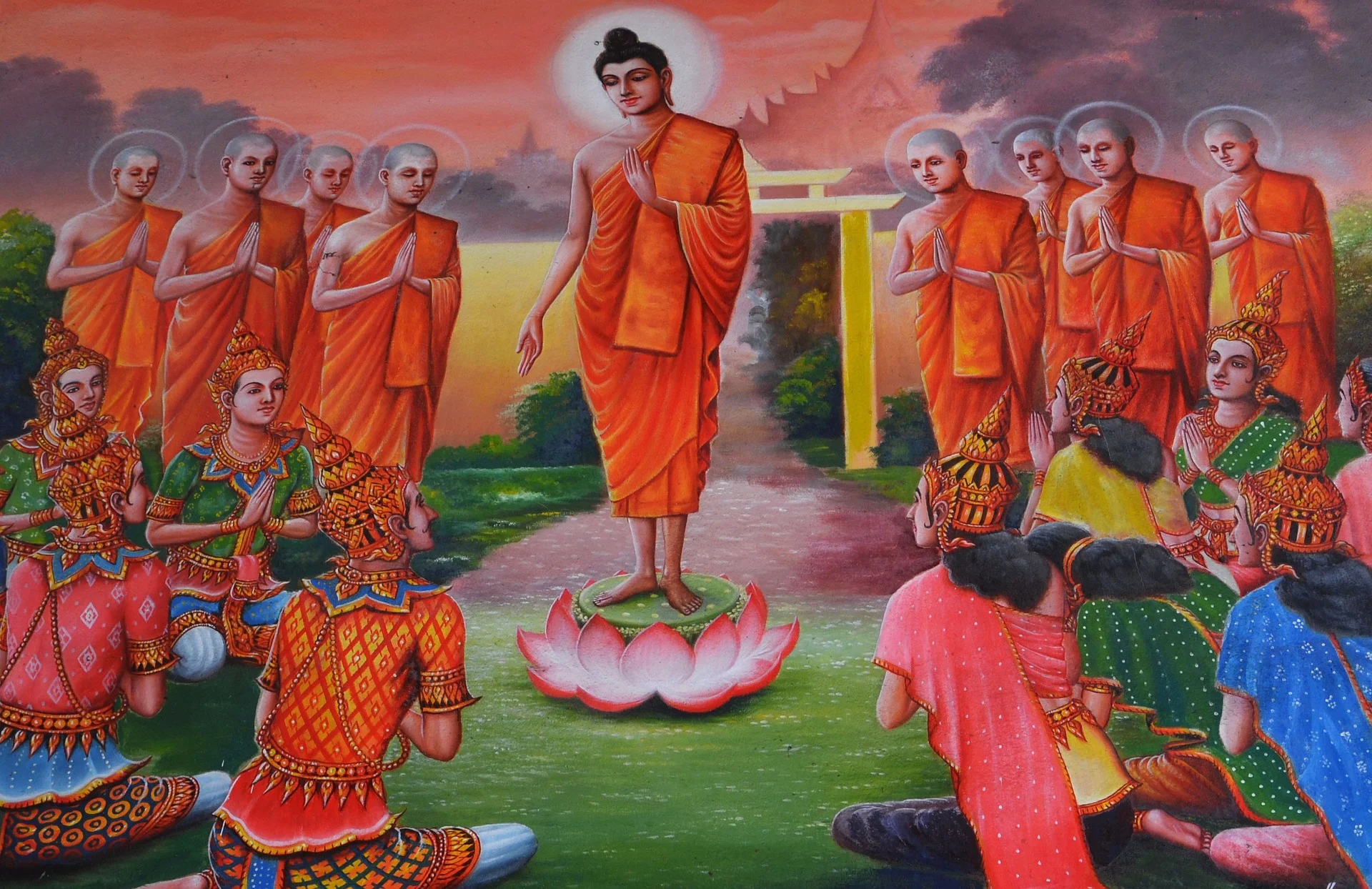Mudras: Unlocking the Symbolic Meaning & Power of Ancient Hindu Gestures
Humans have used their bodies to communicate with one another and express emotions since antiquity, long before the first written records were created. Among the oldest known nonverbal traditions is the use of mudras - a system of sacred, highly symbolic gestures that originated in India thousands of years ago.
Mudras are believed to be a deep source of power, with the ability to channel energy within the body and summon qualities like strength and wisdom.
Practitioners consider them to be a way to guide their inner being along its spiritual journey using external, physical actions.
The first recorded use of mudras dates back to the Vedic period, which spanned from the late Bronze Age to the Iron Age. It was during this time that the Vedas - the oldest sacred scriptures of the Hindu religion - were composed. Ritual chanting of the Vedas became an important way to honor and adhere to these texts, and mudras were used to regulate rhythm and intonation.
As new schools of religious thought evolved - including the emergence of Buddhism during the 6th century BC - the importance of mudras in ritual practices continued to grow. Over the span of thousands of years, more than 500 individual mudras were created and identified...each with their own unique, highly concentrated meanings and core symbolism.
While mudras were first used a tool for improving concentration during Vedic chanting, over time they were incorporated into a variety of ritual practices and contexts. For example, certain mudras may be used to honor or visually portray Hindu gods and goddesses, while others are used to signify emotions, moods, and intentions.
During Bharatnatyam - a form of classical Indian dance - mudras are used to weave a narrative of mythological figures and religious lessons. This tradition has played a vital role in preserving and passing down important Hindu stories through generations. Likewise, Tantric practices and devotional rituals also use specific mudras to convey meaning and impart power to the practitioner.
Hindu, Buddhist, and Jain iconography all make extensive use of various mudras. Religious paintings and statues will frequently portray deities making certain gestures, and some gods and goddesses have even become associated with specific mudras.
The warrior goddess Durga is commonly depicted using the Abhaya mudra, or the mudra of “no fear.” To create this mudra, raise your right hand to shoulder height, with the elbow bent, palm open and facing outward, and fingers upright. This gesture is said to dispel all fear, and encourage protection and peace.
Mudras also play an important role in various yoga, meditation, and visualization practices. The Dhyana mudra - which is formed by simply resting the hands in the lap, palms facing up, one atop the other - is the basic mudra used during meditation to encourage stillness and symmetry.
Many yogis will be familiar with the Vitarka mudra, or the mudra of consciousness and deliberation. To perform this mudra, touch your thumb and forefinger while keeping the other fingers relaxed. This gesture is commonly depicted on Buddha statues, with the right hand raised to the chest and the left resting the lap.
Among the most recognizable mudras around the globe is the Namaskara mudra. This gesture involves simply placing the palms together with the fingers straight. Traditionally it is used to give honor, but may also be used as a polite greeting.
Understanding the meaning of these ancient symbolic gestures can allow practitioners to channel certain qualities; for instance, use the Karana mudra to expel negative thoughts and illness, and the Vajra mudra to encourage knowledge.
They can also be helpful for travelers who wish to visit India and other Asian countries. Armed with this understanding, you’ll be better prepared to recognize prominent gods and goddesses in Hindu or Buddhist temples, and to show respect in places of worship.







